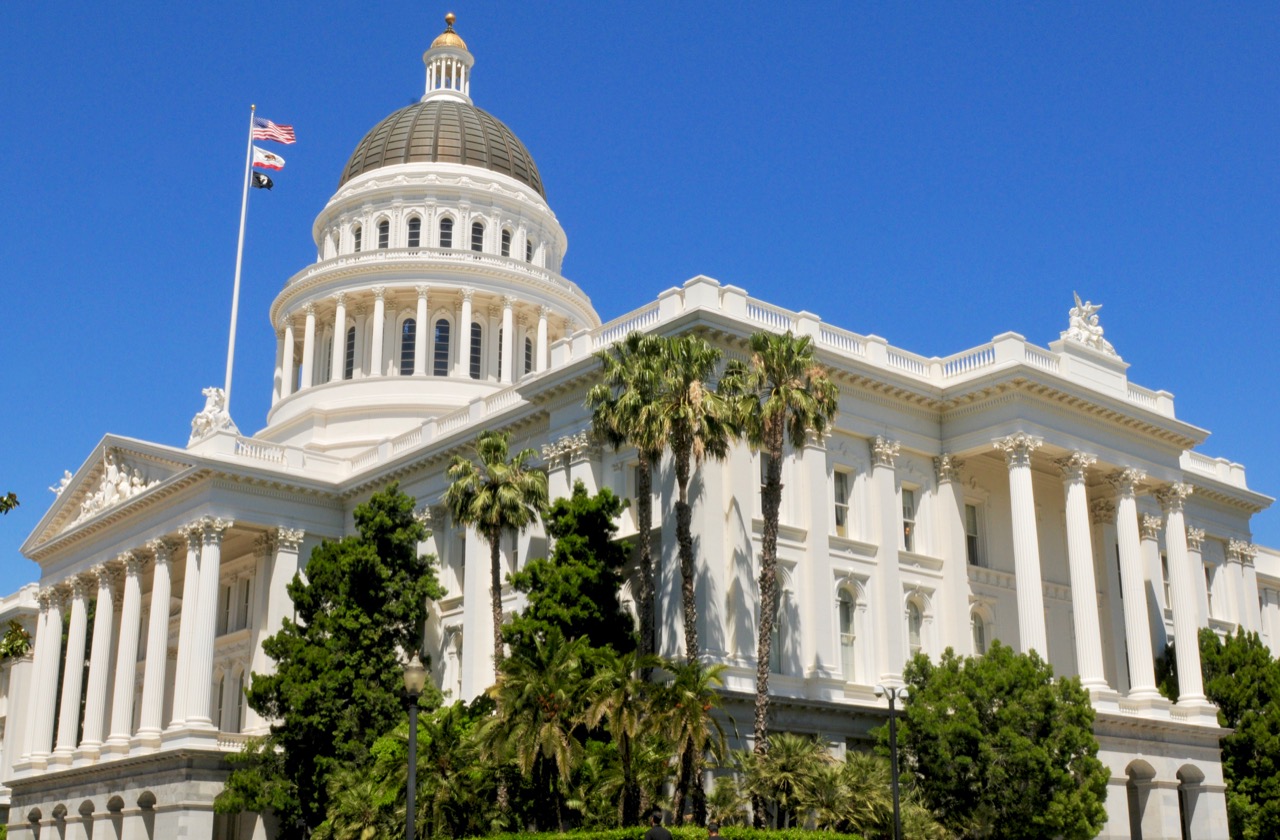
Legal System. (Photo: Billion Photos/Shutterstock)
Frequently Asked Questions about Underground Regulations in California
How does someone challenge a possible underground regulation?
By Chris Micheli, February 28, 2024 2:45 am
Is there a law in California regarding “underground regulations”? Yes, in Title 1 of the California Code of Regulations, there are a number of regulations under the purview of the Office of Administrative Law (OAL). Chapter 2 of Title 1 deals with “Underground Regulations.” There are four regulations on this topic.
What is an underground regulation? 1 CCR Section 250(a)(1) defines an underground regulation to mean “any guideline, criterion, bulletin, manual, instruction, order, standard of general application, or other rule, including a rule governing a state agency procedure, that is a regulation as defined in Section 11342.600 of the Government Code, but has not been adopted as a regulation and filed with the Secretary of State pursuant to the APA and is not subject to an express statutory exemption from adoption pursuant to the APA.”
How does someone challenge a possible underground regulation? 1 CCR § 260 concerns the submission of petitions regarding underground regulations. It provides that a written petition may be submitted to OAL alleging that a state agency has issued, used, enforced, or attempted to enforce an underground regulation and seeking a determination from OAL.
What must a challenger file on a possible underground regulation? A written petition must be submitted to OAL, and the petitioner must provide the petition and all attachments to the challenged agency prior to or concurrently with submitting it to OAL.
What must the written petition include? The petition must include the following items:
- Petitioner’s contact information
- Name of challenged agency
- A complete description of the challenged rule and a photocopy of the challenged rule
- A description of the actions of the challenged agency showing that it has issued, used, enforced, or attempted to enforce the challenged rule
- The legal basis for concluding that the guideline, criterion, bulletin, provision in a manual, instruction, order, standard of general application, or other rule or procedure is a regulation and that no express statutory exemption to the requirements of the APA is applicable
- Information demonstrating that the petition raises an issue of considerable public importance
- The petitioner’s written confirmation that the petitioner submitted a copy of the petition and all attachments to the challenged agency
- The petitioner’s written confirmation must include the contact information of the individual at the challenged agency to whom the copy was submitted
What is done with a written petition filed to challenge a possible underground regulation? 1 CCR § 270 concerns the review of petitions regarding underground regulations. When OAL receives a written petition, it must, within 60 calendar days, determine if the petition is complete.
What happens if the petition is not complete? If the petition is incomplete, OAL will notify the petitioner in writing what is missing from the petition. OAL will begin the review period when the petition is complete.
What can OAL do with the written petition? OAL will either accept or decline to consider the petition. OAL will inform the challenged agency that the petition is under review and offer to provide a copy of the petition.
How long does OAL have to review the petition? Within 60 days, OAL is required to determine whether or not to consider the petition on its merits, in its entirety or in part.
Are there factors to guide OAL in reviewing the petition? While OAL has exclusive discretion to consider the petition, factors considered in deciding whether or not to accept a petition must include:
- The degree to which the petition raises an issue of considerable public importance.
- Whether the issue raised by the petition was or is currently being considered by a court or other body that can address the petitioner’s concerns.
- Whether the challenged rule is superseded.
- Whether the challenged rule expired by its own terms.
- Additional relevant information, if any, obtained pursuant to subsection (b) that is pertinent to a potential resolution of the issues raised by the petition.
- Availability of OAL personnel to complete the review of the petition pursuant to the time limits established by this chapter.
What happens if OAL does not consider the petition? If OAL declines to consider the petition, then OAL is required to immediately advise the petitioner and the challenged agency of the decision and specifically indicate that the decision in no way reflects on the merits of the underlying issue presented by the petition.
What happens if OAL does consider the petition? If OAL decides to consider the petition on its merits, then OAL must either issue a summary disposition or issue a determination.
What are some grounds for OAL to decide a rule is not an underground regulation? These include the following: (1) The challenged rule is contained in a California statute. (2) The challenged rule is contained in a regulation that has been adopted pursuant to the rulemaking provisions of the APA. (3) The challenged rule is statutorily exempt from the rulemaking provisions of the APA.
What happens if OAL issues a summary disposition? Then the written document must state the basis for concluding that the challenged rule is not an underground regulation. Also, a summary disposition is to be filed with the Secretary of State and sent to the petitioner and challenged agency within 60 calendar days following receipt of the complete petition. OAL also publishes the summary disposition in the California Regulatory Notice Register.
What happens if OAL issues a determination? Then OAL must notify the petitioner and the challenged agency of this decision and publish the petition in the next California Regulatory Notice Register, giving notice to the public that comments on issues raised by the petition may be submitted to OAL.
When must the public make comments? Any public comments must be submitted to OAL within 30 calendar days from the date of publication.
Can the agency provide comments? Yes, the challenged agency may submit a response to the petition to OAL. Any response by the challenged agency is required to be submitted to OAL within 45 calendar days of the publication of the petition.
When must OAL make a decision? Within 120 calendar days, OAL must issue a determination as to whether or not the challenged agency has issued, used, enforced, or attempted to enforce an underground regulation.
- Should Interpretive Guidance Be Included in California Legislation? - April 28, 2024
- Legislative Intent Does Not Equate to a Mandate - April 27, 2024
- Frequently Asked Questions about State Agency Ethics Training - April 26, 2024





Can anyone provide an example of a current underground regulation?